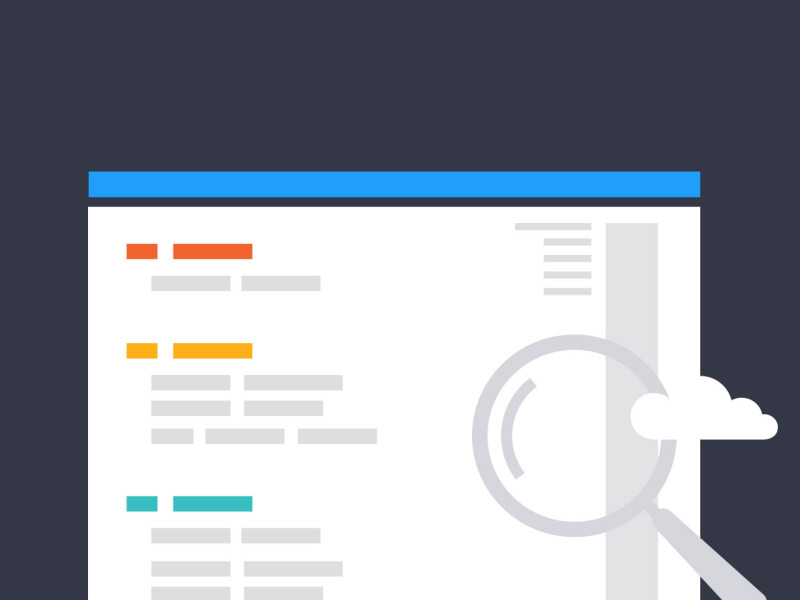
Get Better SEO Ranking With These Tips
Many online businesses are highly dependent on organic search traffic.
In order to encourage a steady stream of traffic, however, it is necessary to rank your content on the first page of Google, preferably in the top three results and maintain your ranking over the long haul.
So how do you go about earning higher rankings? What can you do to gain visibility in search?
Here are several tips you can follow to get better SEO rankings.
Make Your Headlines More Clickable
Some recent experiments via Rand Fishkin have shown that getting a high number of clicks on your content in Google can increase its ranking.
This doesn’t mean that you should pay for clicks, or tell your followers and email subscribers to search for a specific keyword in Google and click on your result, like Fishkin did. This is the essence of black hat SEO.
We also have to remember that Google is constantly updating their algorithm. So in the future, Google will be tracking clicks to see whether or not they came from legitimate sources.
Fortunately, there are some practical things you can do to increase clicks. One way is to study what headlines are performing well. BuzzSumo allows you to search up specific keywords or URLs to find content that has gotten the largest number of shares. Since shares can increase traffic to your site, they can also boost your SEO. Writing shareable content is part of practicing good strategy overall.
Another way to craft a clickable headline is simply to run a search in Google. Let’s say, for example, that you’re looking to rank for the term “web design for WordPress.” If you run the search, you’ll discover that there are multiple ads displayed before the top search results. Examining the ads and top results will give you a good idea of what keywords to include in your page title.
In the example just given, the terms “web design”, “website”, “WordPress”, and “blog” are prominent. These would be good terms to include in your headline.
Warning: don’t focus too heavily on the headline without developing worthwhile content. Even if your headlines get clicked on a lot, if people are bouncing right off of your site, you aren’t going to maintain your ranking over the long haul. Create great content to generate more clicks and engagement.
Build Links
When it comes to search engine ranking, backlinks are essential to your success.
The more quality sites there are linking to yours, the better your ranking is likely to be. A good, diversified portfolio is most effective. But again, you have to avoid the temptation to use black hat tactics and software to spin articles for article directories and get large numbers of spammy comment links on various unrelated blogs. In the long run, these tactics can actually hurt you. There are many ways to build links without resorting to such measures.
Here are several ways to improve your backlink profile:
- Create great content. The more worthwhile content there is on your site, the greater the likelihood that others are going to link to it. This, however, is not a proactive strategy. If no one knows about you, you can’t expect them to link to you. You have to build a following and a presence first.
- Guest post. Guest post on sites where your audience hangs out online. This allows you to include a link to your site in the author byline, and sometimes within the natural flow of the content. Remember to create quality content, as no content manager is going to use your post if it isn’t relevant and valuable.
- Comment. Commenting on other blogs can help you build links (this may depend on the type of commenting system they’re using). But this is a tactic that’s easily abused. If you’re going to leave comments on blogs, make sure to contribute to the discussion in a relevant way. Commenting is also a good way to build relationships with blog owners, which can play into your link building efforts.
- Syndicate your content. Atomizing your content is a good way to extend its lifespan and gain links for your site. For example, you could re-write the headline for one of your articles, re-work the content a bit, and submit it to Medium and LinkedIn Pulse. You could become a Huffington Post contributor and re-post your content there. You could partner with another blog in your industry and give them free rein to re-publish your articles on their site. There is no evidence to suggest that duplicate content on other sites will harm your SEO in any way, especially if it is attributed correctly.
Improve Page Load Times
Since more and more searches are being conducted via smartphones and tablets, search engines are prioritizing sites that are mobile-friendly in their results. First and foremost, your site must be responsive.
But this also underscores the fact that page load times are an important ranking factor. Ultimately, it doesn’t really matter whether users are browsing your site on a desktop computer or a smartphone. If it takes too long for them to load your website, they may bounce right off and or take their search elsewhere, such as a competitor.
Here are several steps you can take to optimize load times:
- Minimize or optimize ads. The more ads you have on your website, the longer the load times are going to be. If you’re using advertising on your site, consider minimizing the number of placements. Look for ways to optimize loading times by hiding ads until the user scrolls or takes another action.
- Optimize image sizes. Images and pictures can increase conversion rates on your site. If you do not optimize images, load times could skyrocket. Make sure they are an appropriate size and scale them for best results. You can also use compression to minimize file size.
- Clean up your stylesheets. The bigger and more complicated your CSS files are, the longer it will take for your site to load. Mitigate bloating in your code. Remove bits that you aren’t using. Use a tool like CSS Compressor to reduce loading times, or find a relevant plugin that can achieve the same end.
- Enable browser caching. When browser caching is enabled, data will be stored on the user’s computer. So when they load a page on your site, they’ll be able to view it without having to re-load all of the same elements every time they visit. Call up your webhost if you are unsure how to do this.
Improve Your Site’s Navigation
Improving your site’s navigation isn’t just good for your ranking – it’s also good for your visitors. Since Google’s purpose is to supply users with the best possible answers and results, they’re more likely to endorse a site with a sound architecture, than one with messy navigation.
A lack of clear navigation leads to a poor user experience and high bounce rates. If you make it easy for visitors to find what they’re looking for, you’ll increase conversions, dwell time, and make it easier for search engines to crawl your site. As a result, your ranking will also increase.
Here are some specific ways you can improve your site’s navigation:
- Use appropriate titles. Titles such as “blog”, “about”, and “contact” are fairly standard across the board and are easy to understand. The user should always have a clear idea of what they’re going to find on a page before clicking on the link. Avoid confusing or misleading titles. Reducing the number of links in your navigation can also help users find what they’re looking for more easily.
- Make appropriate use of categories. Blog content is typically divided into different categories. Some categories you create may contain multiple sections. Subcategories need to be clearly differentiated from primary categories, or users may become confused. They must be labeled in an intuitive manner as well. Make effective use of drop-down menus if your site features content on a variety of topics.
- Make everything clickable. Are all links within your menu actually clickable? Some categories may not yet contain content and can’t be clicked on. In this case, you may want to remove them from your navigation. Even if you’re using nested drop-down menus, double-check to make sure all navigation elements can be clicked on.
- Test your search function. If you’re using a search function on your site, it should be tested to confirm its effectiveness. For example, if WordPress is your primary content management system, the default search function isn’t perfect and often leaves something to be desired. If you’re a developer, or you have a skilled coder on staff, you might consider tweaking the function. Otherwise, it would be worth finding a plugin that enhances the search experience.
Conclusion
It’s important to remember that SEO is a long-term strategy. You won’t necessarily see results overnight. But with patience and perseverance, you will see your website climb through the ranks.
Stay steady with your SEO efforts. Even if you don’t have a lot of time and resources to dedicate to it, if you are consistent in applying a well-defined strategy, you will be rewarded with more organic traffic.


